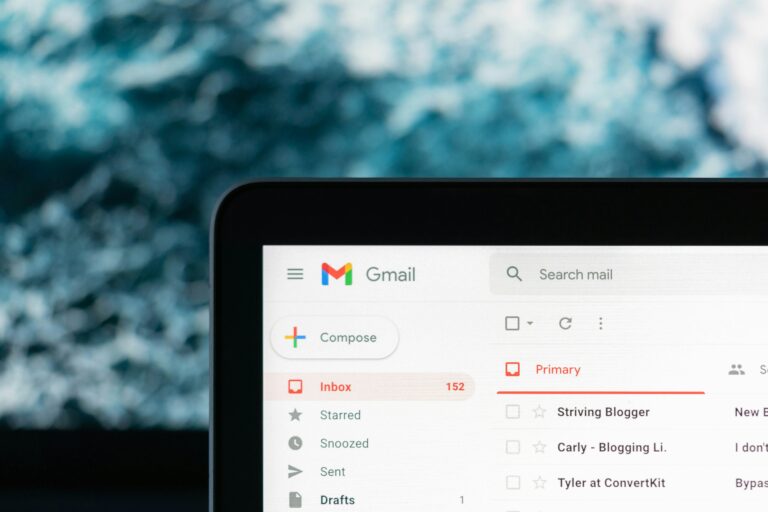Introduction
Cold emailing remains a cornerstone strategy for B2B businesses aiming to expand their client base and increase sales. However, the effectiveness of a cold email campaign hinges significantly on avoiding common mistakes that can undermine your efforts. This article explores essential practices and technical insights to ensure your cold emailing campaigns are successful and yield high response rates.
Choosing the Right Email Service Provider
One of the foundational aspects of successful cold emailing is selecting the right email service provider. Mainstream providers like Outlook and Gmail are preferred because they are widely recognized and trusted, which can significantly enhance the perceived legitimacy of your emails. Using lesser-known providers can raise flags and potentially categorize your emails as spam, severely impacting open rates.
The Importance of Domain Selection
When setting up an email campaign, the choice of domain can heavily influence deliverability and trustworthiness. It’s recommended to use .com domains that are related but not identical to your main business domain, such as tryapple.com for a business operating under apple.com. This strategy not only helps in maintaining brand consistency but also avoids the pitfalls of lesser-known domain extensions which might be flagged by email services.
Setting Up Essential Email Authentication Records
To ensure that your emails reach the inbox and not the spam folder, setting up SPF, DKIM, and DMARC records is crucial. These authentication protocols verify that the emails sent from your domain are legitimate and reduce the likelihood of being marked as spam.
The Risks Associated with Shared Tracking Domains
Using shared tracking domains provided by email campaign software can backfire if those domains have been abused by spammers. To avoid this, it’s advisable to set up a custom tracking domain from the start of your campaign. This personalization helps in maintaining the integrity of your brand and ensures better deliverability.
Conclusion
Avoiding common mistakes in B2B cold emailing is not just about enhancing the effectiveness of individual campaigns but also about protecting your brand’s reputation and ensuring sustainable business growth. By adhering to best practices and continually refining your approach based on feedback and analytics, you can significantly improve the outcomes of your cold email efforts.






